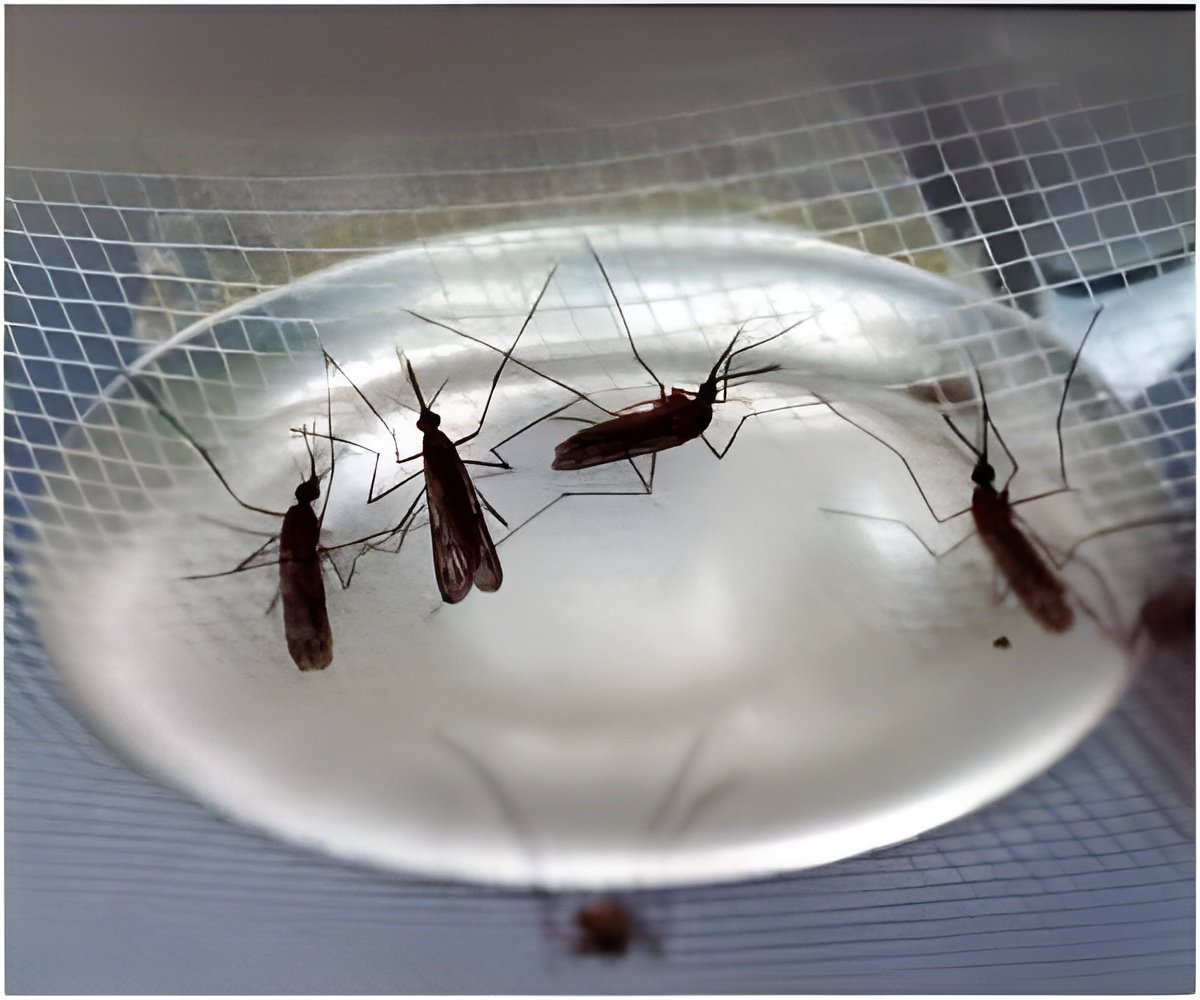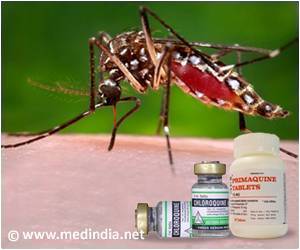While researchers contribute their efforts to abolish malaria globally, new strategies are vital to find and treat individuals with undiagnosed malaria.

In a new study, researchers at the Johns Hopkins Malaria Research Institute found that a strategy of actively identifying undiagnosed malaria and then treating those with the disease resulted in significantly lower prevalence of malaria cases compared to a control group.
"New strategies are needed, particularly in areas of declining transmission. One strategy is to screen people for malaria and treat those who are infected, even those who are not sick enough to go to the clinic," said lead author, Catherine G. Sutcliffe, PhD, an assistant scientist with the Johns Hopkins Bloomberg School of Public Health's Department of Epidemiology.
"Using artemisinin combination therapy can enhance this strategy, as treatment can reduce transmission to mosquitoes. In regions of declining transmission, the burden of malaria could be reduced to such an extent that elimination is achievable."
The study was conducted in southern Zambia, with colleagues from the Johns Hopkins Malaria Research Institute in Macha.
Researchers analyzed data from surveys conducted in 2007 and between 2008 and 2009. In both surveys, households were screened for malaria using rapid diagnostic tests and treated with artemisinin combination therapy when malaria was detected.
Advertisement
Test and treat showed a twofold reduction in 2007, when community prevalence was higher at 24 percent.
Advertisement
"If resources permit, this strategy could be targeted to hot spots to achieve further reductions in malaria transmission," added Moss.
The study has been published in the journal PLoS ONE.
Source-ANI












